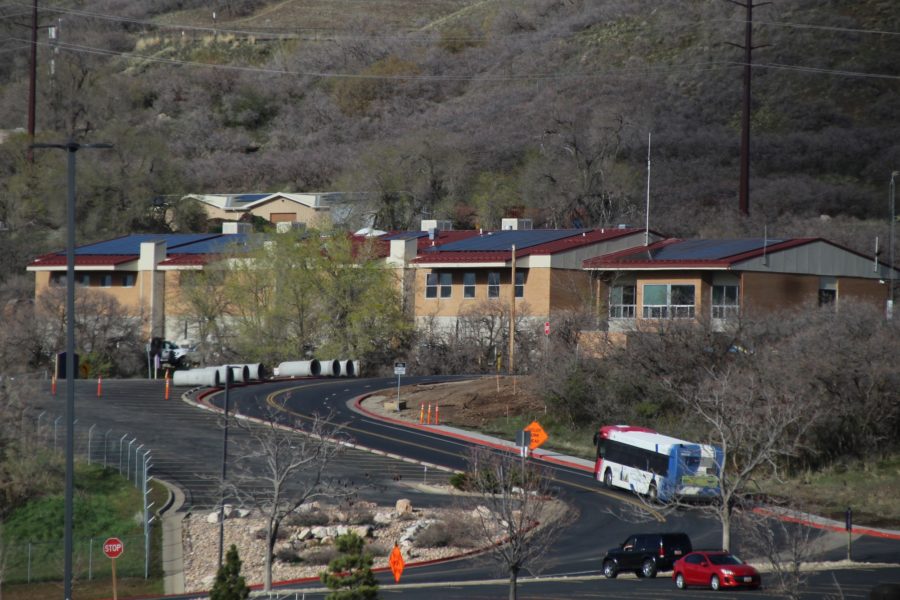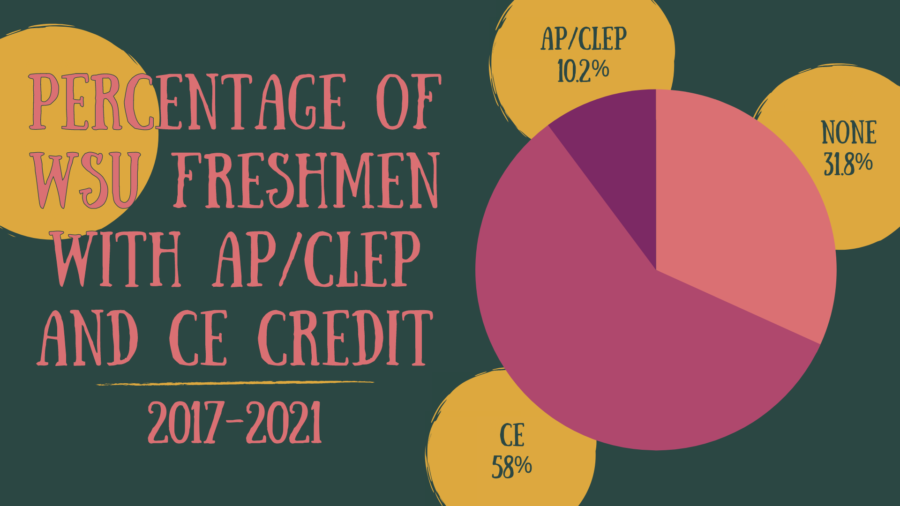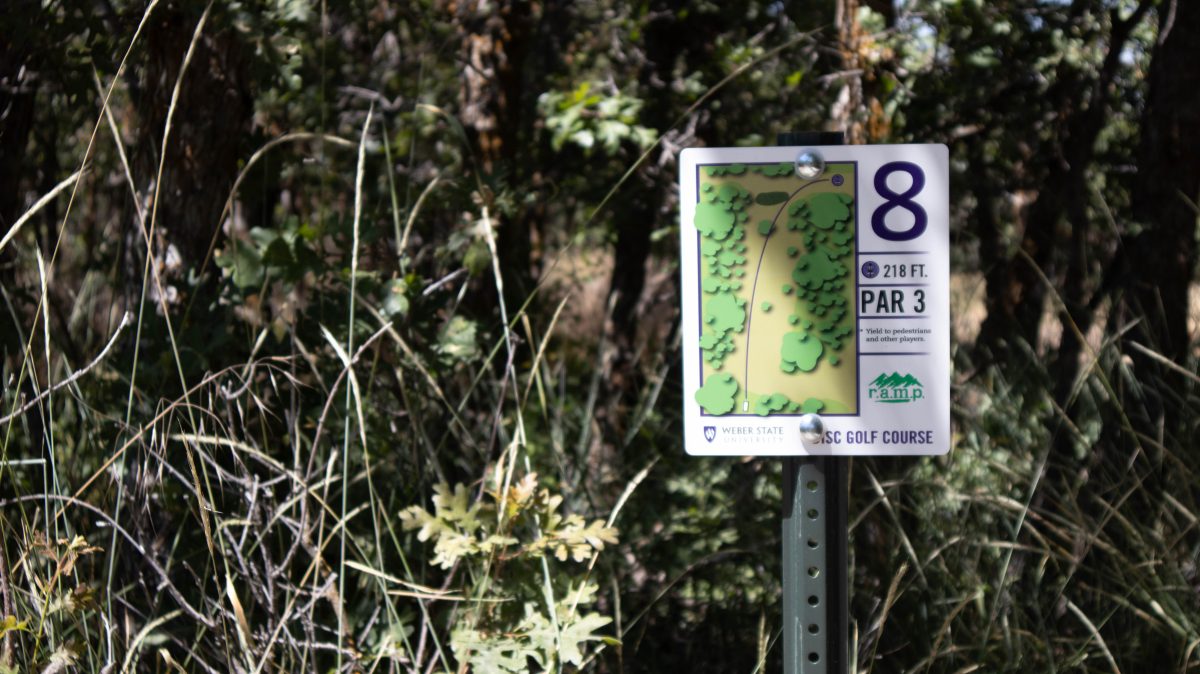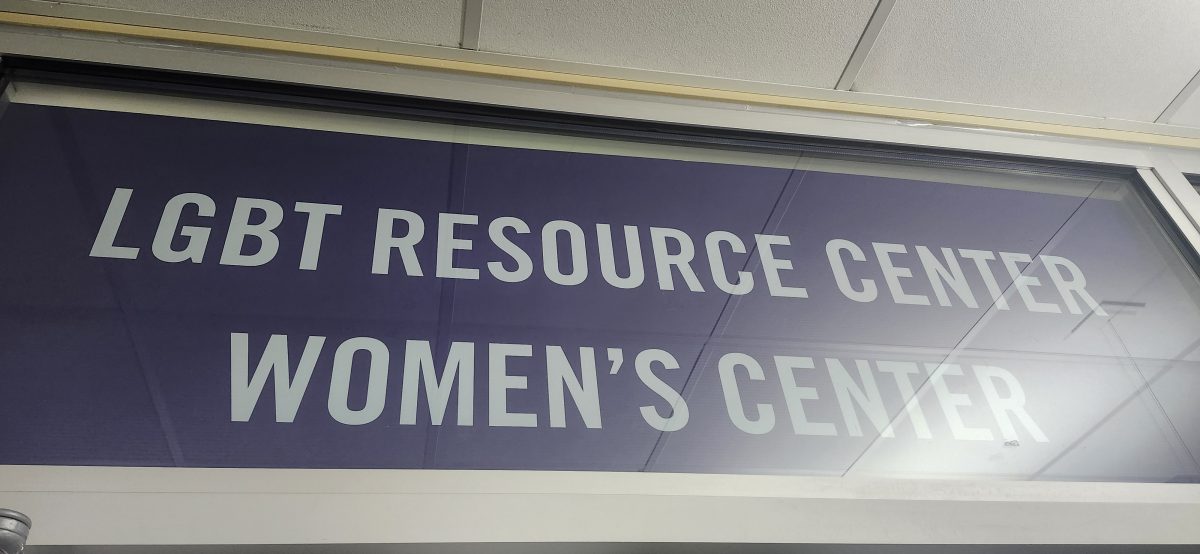Gerrymandering might be a buzzword you hear thrown around quite often in politics. The process behind the word “redistricting” is often overlooked, especially when it has happened behind closed doors for so long in Utah.

That theme is continuing, despite the ballot proposal in 2018 that sought to change the process of redistricting by establishing the Utah Independent Redistricting Commission. Then, Senate Bill 200 in 2020 modified the proposal heavily — the Utah Legislature no longer has to publicly take a vote and explain their decision for rejecting the UIRC’s maps and eliminated the ban on the commission looking at incumbents or political parties when drawing boundaries.
The legislature took full advantage of the new rules they established for themselves in 2020 when, on Nov. 10, they did not vote on any of the maps that the UIRC submitted for review on Nov. 2. Instead, they pushed through a map drawn by the legislature’s redistricting committee while the UIRC was drawing theirs.
The map passed both the Utah House of Representatives and the Utah Senate on Nov. 10 after releasing the proposed maps on Nov. 8 with little time to collect public opinion. The new map splits Salt Lake County into four congressional districts where the three submitted UIRC maps split the county into two or three districts.
The original ballot measure was advocated for by former Salt Lake City Mayor and democrat Ralph Becker and republican Jeff Wright to fight against gerrymandering and the American Civil Liberties Union, which they claim has been present throughout Utah’s previous congressional maps.
The commission was a bipartisan committee of seven appointed commissioners, four Republican appointees and three Democratic appointees. Rex Facer II, appointed by Gov. Spencer Cox, chairs the UIRC.

Every ten years, the lines for the U.S. House of Representatives, Utah House, Utah Senate and the Utah State Board of Education are redrawn based on the new census data collected the year prior. This is supposed to allow for representation to be reapportioned based on the new populations that have likely changed.
These lines can be used to favor one party or another by dividing communities or individuals that typically vote for or against certain issues or parties. The goal of the commission and proposal was to create transparent and fair boundaries that weren’t based on political affiliations.
Even with the 2020 Senate Bill, the commission had still elected to not use incumbency or part affiliation as part of their determining factors when deciding on district boundaries for their proposed maps. One of the maps was even a public submission that was slightly adapted to fit their other criteria.
“Other criteria we have is communities of interest,” Facer said. “We’ve been charged under the statute to try and understand the communities and keep them together where possible. One of the challenges is that it’s not defined any place. We have defined it as a group of people who live in a certain area who share a common interest.”

The other criteria the commission looked at were equal populations in each division, limit the divisions within cities or counties and to make sure they were contiguous, or had no complete separations.
The idea of giving the decision to the UIRC didn’t sit well with the legislature, which prompted the 2020 bill.
Senator Scott Sandall, co-chair of the legislature’s redistricting committee, said it was against the Utah Constitution to have an independent body approve a map without the legislature getting final say among other problems he had with the commission as a whole.
“I think, when this is over and done, we’ll have to evaluate the benefit that was there with the maps they give us,” Sandall said, prior to the submission of the maps.
With the legislature votes now counted, the optimism Facer had in the maps making it in some form through the House and Senate is all but dead as Gov. Spencer Cox receives the maps to sign into effect for the next ten years.




















